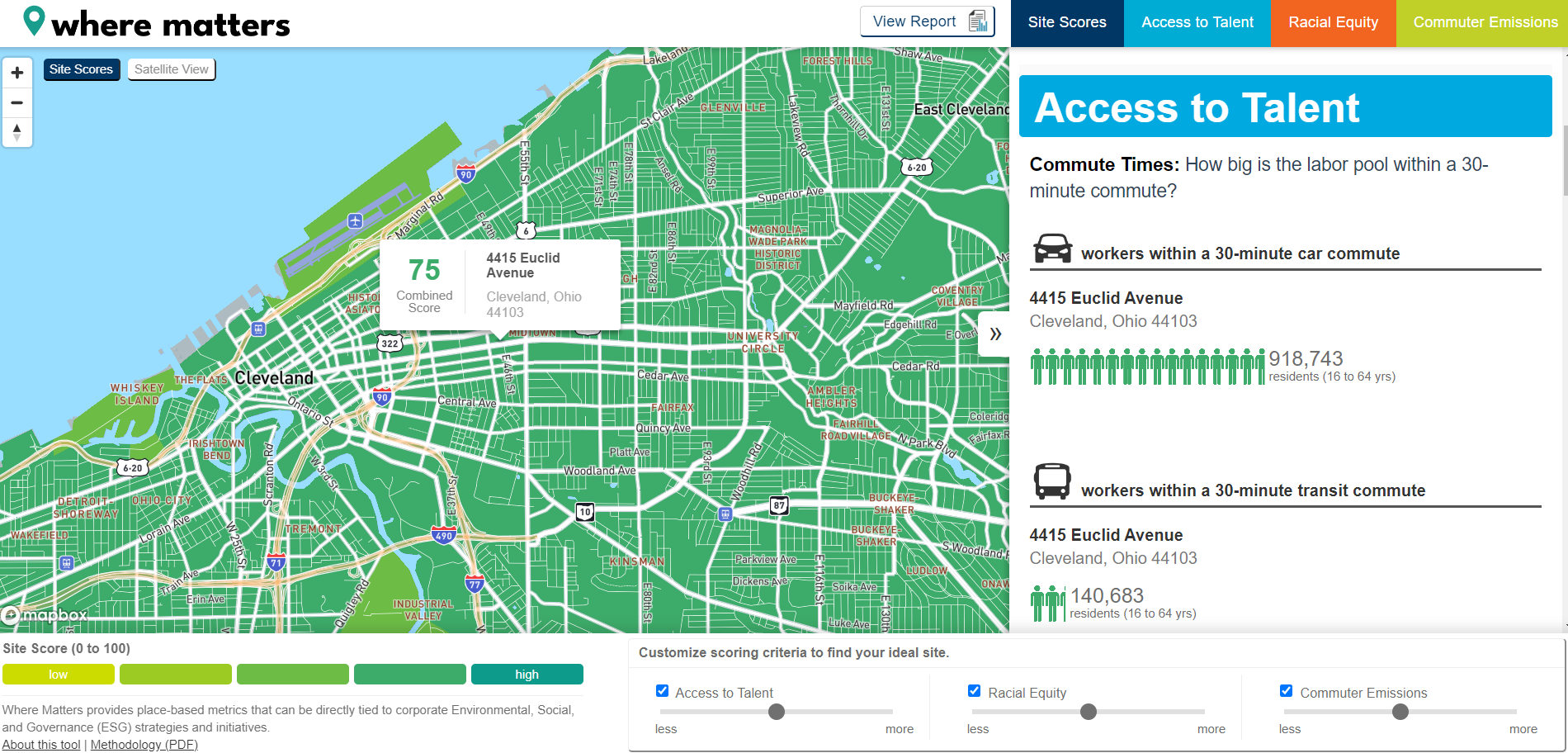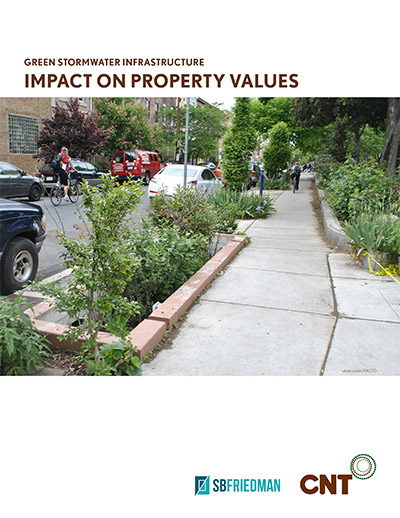
Post-industrial cities need a more systematic approach to understand and support better water infrastructure decisions. The 2021 Report Card for America’s Infrastructure from the American Society of Civil Engineers highlighted that there is a water main break every two minutes and an estimated 6 billion gallons of treated water lost each day in the U.S., enough to fill over 9,000 swimming pools.
It could cost Great Lakes states $200 billion over the next 20 years to bring drinking and wastewater infrastructure to a state of good repair. The Biden administration’s federal infrastructure investment is addressing these challenges, but there’s still a long way to go.
Cities that have faced industrial disinvestment are particularly vulnerable. They often have infrastructure that's overbuilt for current needs, economically disadvantaged residents struggling to afford bills, and little new growth-based revenue. These factors create an untenable cost burden on low- and fixed-income ratepayers and prevent utilities from proactively addressing infrastructure needs, increasing the risk of system failure.
Technical Assistance
Center for Neighborhood Technology is collaborating with Delta Institute to provide technical assistance for communities under the auspices of EPA Region 5.
Briefs and Case Studies
In 2018 we produced a series of briefs on water infrastructure issues, webinars, and case studies of communities making strides to address issues using innovative methods.





 Strengthening Transit Through Community Partnerships
Strengthening Transit Through Community Partnerships